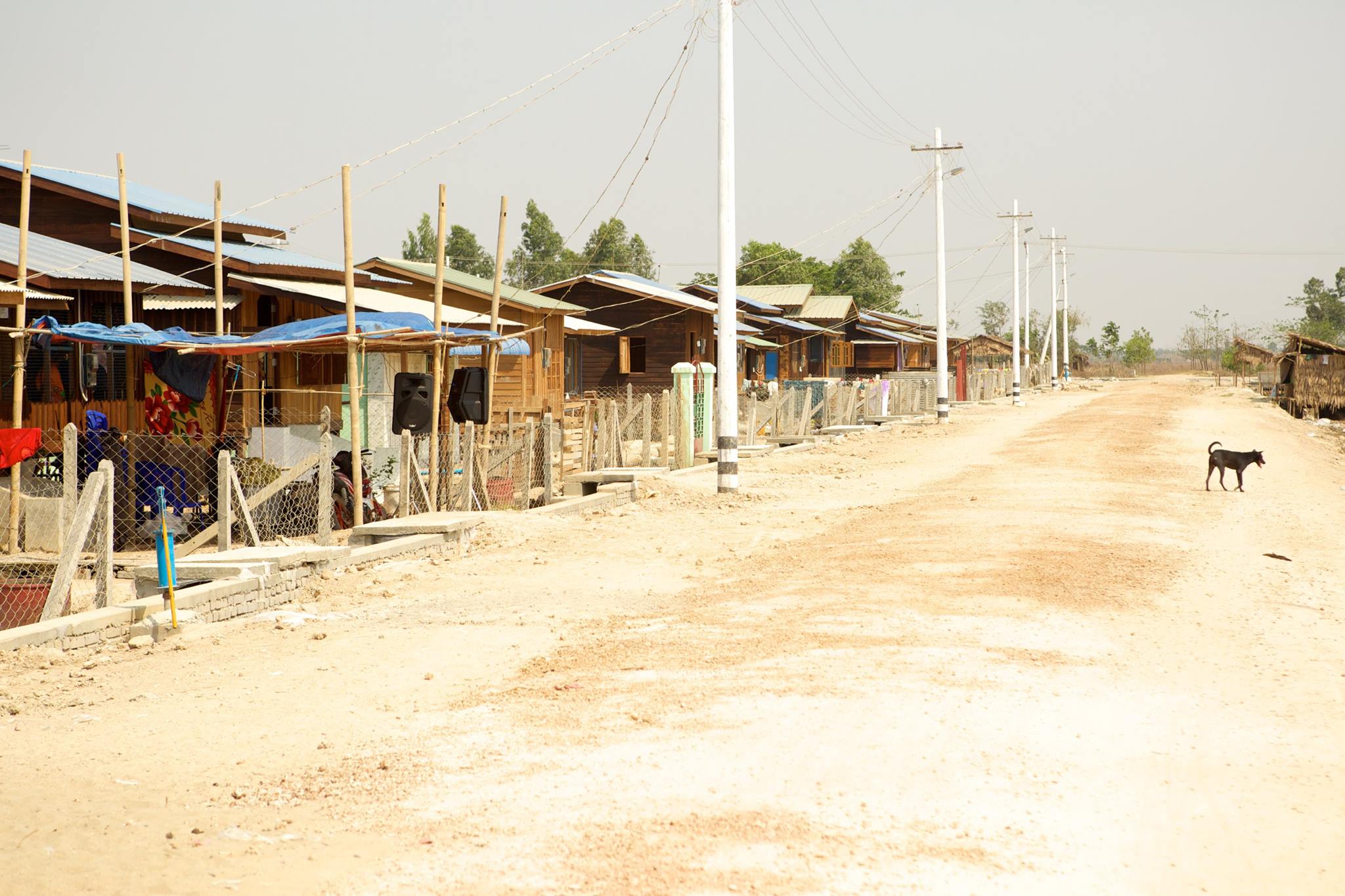Domestic and regional demand, low labour costs and the fast pace of economic growth have attracted huge interest from foreign investors to Burma with the Thilawa Special Economic Zone (SEZ) becoming the prime strategic investment destination.
As global manufacturers are no longer looking at China as their manufacturing base, they are shifting their facilities to ASEAN countries, one of which is Burma, mainly due to the abundance of low-cost labour and a strategically placed logistics hub, according to Solidiance, an Asia-focused management consulting firm.
Among the 10 countries in ASEAN, Burma is expected to see the fastest economic growth rate until 2020, driven by political and economic reforms. The industrial sector’s share of Burma’s gross domestic product (GDP) has surged from 11 percent in 2008 to 34 percent in 2015, and will continue to drive economic growth, said Solidiance, citing the key takeaways from its recent roundtable meeting in Thailand attended by executives from multinational companies including Tata Motors, Michelin and Nestle.
On the domestic front, it said, investing in Burma provides opportunities to capture demand in the booming automotive, construction materials, industrial machinery and electronic goods sectors, currently largely met through imports.
Looking at the regional landscape, Burma offers access to a customer base of 2.3 billion through trade with neighbouring countries. With low labour costs and tax incentives, businesses can cater to regional demand at competitive pricing.
However, weak infrastructure and utilities, especially electricity, have remained key hurdles for Burma when it comes to achieving strategic long-term goals. Investors have flocked to industrial zones and SEZs where infrastructure and utilities are developed to service investors.
Currently, there are three special economic zones in various stages of progress. Thilawa SEZ near Rangoon — developed by the private and public sectors of Japan and Burma — is the only one operating so far. The first phase, covering 24 sq km, has been operational since August 2015 with the second and third phases scheduled to be launched at the end of this year and 2018, respectively.
Developed by China and Burma, Kyaukphyu SEZ in northern Burma is also being developed in three phases that are scheduled for completion in 2016, 2020 and 2025. Aiming to rival Singapore as a petrochemical hub, Kyaukphyu will be the terminus of a US$2.5-billion oil and gas pipeline supplying China.
Meanwhile, Thailand and Burma, with support from Japan, have been jointly developing the Dawei SEZ in eastern Burma, but progress is far behind schedule. With the total area of 196 sq km, Dawei is projected to be the largest industrial zone in Southeast Asia.
According to Solidiance, Thilawa has attracted investments in manufacturing of steel, electronic goods, machinery and automotive parts. To date, low labour costs have predominantly attracted local low-cost manufacturing, such as garments and food and beverages, but “there is a gradual shift toward medium-value manufacturing”.
“The majority of the investment in Thilawa comes from manufacturing business lured by the cheap labour cost and generous incentive schemes for export-oriented businesses,” Solidiance said in its report launched late last month. “The industries range from low-level and labour-intensive basic garment industries to manufacturing of steel and electronic products.”
Burma is hoping to attract more investment in production and service-based sectors. Investors are also being encouraged to look at infrastructure construction such as roads, bridges, communication networks, utility supplies and waste management.
Thilawa SEZ, in which 49 percent of the investment is held by a Japanese consortium comprising Mitsubishi, Marubeni, Sumitomo and the Japanese government, has been prioritised by the government with generous incentives for export-oriented companies. The SEZ is strategically located near the new deep-water seaport of Thilawa as well as the Rangoon port, which handles about 80 percent of the country’s trade.
However, Thilawa has also drawn complaints from local communities in connection with the relocation of households in the first phase. According to EarthRights International, residents of the communities near Rangoon travelled to Japan last week to meet with the Japan International Cooperation Agency (JICA) and other Japanese investors in Thilawa to voice their concerns.
Sixty-eight households were relocated in the first phase but the new living arrangements, they say, are substandard. JICA has made recommendations for improvement but they have not yet been acted on by the project proponents, both Japanese and Burmese companies. Villagers are now concerned that plans for the second phase of Thilawa will have similar deficiencies.
[related]
“The villagers insist that the second phase of the project cannot go ahead as planned until the plans are improved and the community engagement process allows for meaningful participation,” EarthRights said in a statement last week.
Almost three years after the first group of villagers was involuntarily resettled for the first phase, compensation and resettlement issues have yet to be fully addressed. Basic infrastructure, such as a system for clean water or reliable waste management, is still lacking in the relocation site, it added.
“When we moved here, the conditions were very bad. And the problems were not solved well, so now we still have problems here,” Than Ei, a villager living on the relocation site was quoted as saying by EarthRights. “Before we were happy. Now we have to worry every day about our future.”
Village leader Mya Hlaing said Thilawa would not be a success without the community. “If they don’t want to engage with us, we will oppose the project,” he was quoted as saying.
Katherine McDonnell, legal advocacy coordinator for EarthRights International, said the project’s stakeholders had repeatedly been made aware of the shortcomings, and has been offered clear guidance for improvement, yet they had taken no meaningful action.
“We hope that these conversations will push all parties to start taking community concerns seriously and take real action,” she said. “This means including the villagers in every stage of the process, to avoid future harm and ensure proper access to remedy any harm that does occur.”



